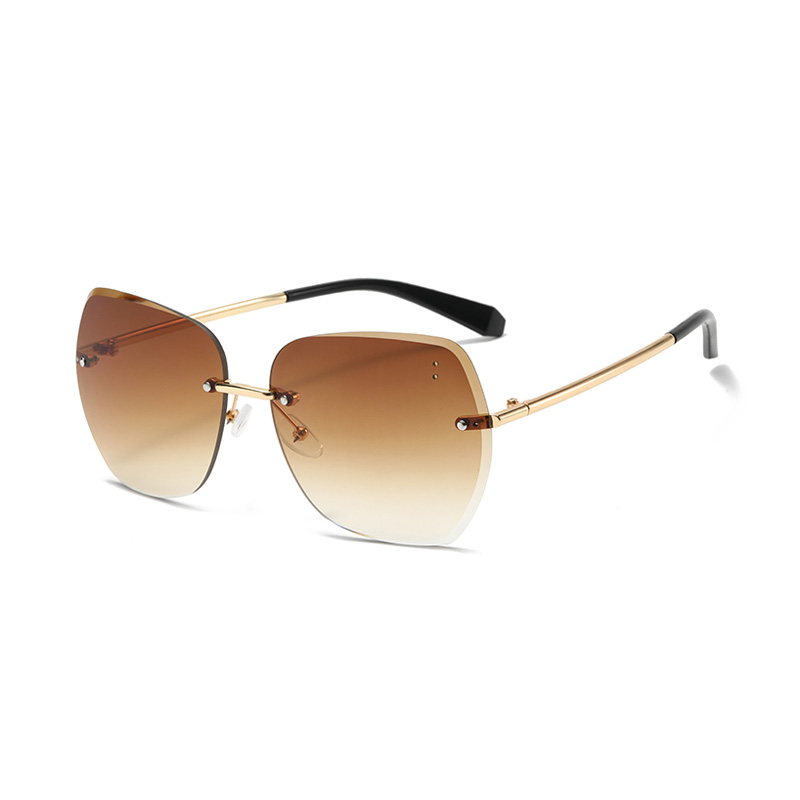In the ever-evolving world of eyewear, prescription glasses have undergone a remarkable transformation, becoming not just a visual aid but also a fashion statement that reflects personal style and sophistication. From their humble beginnings as a necessity for clearer vision to their current status as a trendy accessory, prescription glasses have become an integral part of daily life, offering a blend of functionality and fashion that caters to a diverse range of tastes and needs.
Prescription glasses, commonly known as eyeglasses or spectacles, were initially developed to address refractive errors such as nearsightedness (myopia), farsightedness (hyperopia), and astigmatism. The primary purpose was to provide wearers with clear vision by correcting the way light enters the eyes. Over the years, advancements in optics and design have elevated prescription glasses from a purely functional device to a style statement.
One of the key developments in prescription glasses is the variety of lens materials available today. Traditional glass lenses have given way to more lightweight and impact-resistant materials, such as polycarbonate and high-index plastics. These materials not only enhance comfort for the wearer but also contribute to the durability and safety of prescription glasses.
Furthermore, lens coatings have become a significant factor in the evolution of prescription glasses. Anti-reflective coatings reduce glare and enhance the clarity of vision, while anti-scratch coatings protect lenses from everyday wear and tear. UV protection coatings have also become standard, shielding the eyes from harmful ultraviolet rays and promoting eye health.
The frames of prescription glasses have experienced a revolution in design, catering to diverse fashion preferences. While the classic metal or acetate frames remain popular, designers now experiment with materials like titanium, wood, and even recycled plastics. The variety of frame shapes and styles—from retro cat-eye frames to minimalist rimless designs—offer wearers the opportunity to express their individuality and embrace eyewear as a fashion accessory.
The introduction of designer brands into the eyewear industry has played a pivotal role in reshaping the perception of prescription glasses. Fashion houses and celebrities collaborate to create eyewear collections that marry functionality with high-end style. Brands like Ray-Ban, Gucci, and Prada have become synonymous with chic eyewear, elevating prescription glasses to coveted fashion accessories.
Prescription glasses are no longer perceived as a mere necessity; they are embraced as a style statement. The rise of online eyewear retailers has facilitated a seamless shopping experience, allowing consumers to explore a vast array of frames and styles from the comfort of their homes. Virtual try-on tools enable customers to visualize how different frames will look on their face, enhancing the online shopping experience.
The convergence of technology and eyewear has given rise to innovative features in prescription glasses. Photochromic lenses, for instance, automatically adjust their tint in response to changing light conditions. Blue light blocking coatings have gained popularity, providing relief from digital eye strain caused by prolonged screen time. These technological enhancements cater to the evolving needs of wearers in our increasingly digitalized world.
Prescription glasses have also become an avenue for expressing social and environmental consciousness. Sustainable eyewear brands focus on eco-friendly materials, ethical production practices, and charitable initiatives. The conscious consumer can now choose eyewear that aligns with their values, reflecting a broader trend towards ethical and sustainable fashion.
While prescription glasses have undoubtedly become a fashion accessory, they remain a crucial tool for enhancing vision and maintaining eye health. Routine eye exams are essential to monitor changes in vision and update prescriptions as needed. Regular eye check-ups also allow optometrists to detect early signs of eye diseases, ensuring timely intervention for optimal eye health.
In conclusion, the evolution of prescription glasses mirrors the dynamic intersection of fashion, technology, and vision care. From their utilitarian origins to their current status as fashion-forward accessories, prescription glasses continue to adapt to the changing needs and preferences of wearers. As fashion and function seamlessly intertwine in the world of eyewear, prescription glasses stand as a testament to the transformative power of design and innovation in enhancing both clarity of vision and personal style.

 English
English Español
Español















